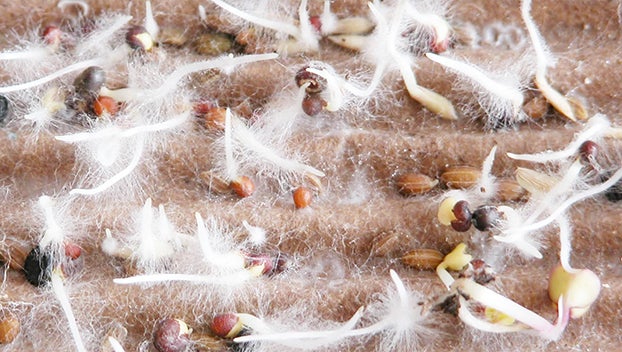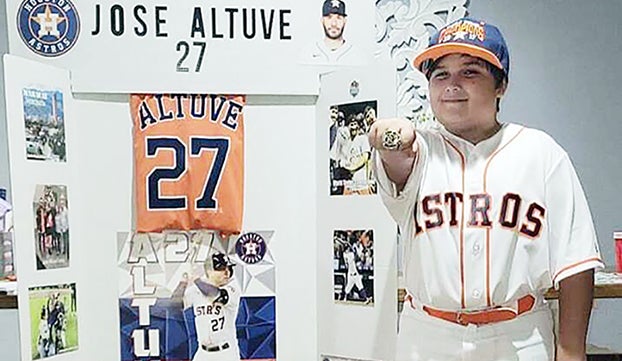Preserving our hunting heritage in the wake of CWD
Published 10:21 am Sunday, August 23, 2015
By Jenny Sanders
We have long known certain deer breeding practices threaten native wildlife and hunting on a number of levels and the movement of captive deer around the state in livestock trailers creates significant risk to our wild deer population.
Texas hunters are still reeling from the June discovery of Chronic Wasting Disease (CWD), an always fatal, highly contagious brain disease similar to Mad Cow disease, in a deer breeding facility in Medina County. The shocking reality is that deer from this one breeder have been shipped to 66 Texas counties, and during that time, CWD went undetected in his pens. There are approximately 100 animals in this facility that remain to be tested, while the source of the disease is still unknown. With 4 million wild deer in Texas, and a disease with no cure, we must ask ourselves—is the deer breeding industry worth the added risk?
Deer breeders represent a self-centered, short-sighted industry that has been allowed to hide under the veil of legitimate wildlife management for far too long. They treat wild animals like livestock, and operate in a no-man’s land where neither wildlife nor livestock rules apply. Deer breeders have only been compelled to conform to a more appropriate regulatory framework upon the discovery of CWD in a breeding facility.
Recently, a plan was approved that will lift the ban on movement of breeder deer, allowing hooves to hit the trailers and the canned shooting industry to have cash-flow for yet another year. How will this new reality of CWD in Texas white-tailed deer impact our wild herd, hunting, rural economies and land values, and when will the concerns of the overwhelming majority of hunters and landowners be addressed? The squeaky wheel always gets the grease, and as long as the silent majority of hunters do not speak up, deer breeder voices are the only ones that are heard.
The professionals at Texas Parks and Wildlife Department (TPWD) and Texas Animal Health Commission (TAHC) are to be commended for their response to date, and commitment to the safety of both wild and captive deer in our state. Deer breeders have thrown up roadblocks and used political shenanigans to slow the process of detection and containment of this disease, illustrating their lack of concern for the public resource (white-tailed deer), the future of hunting, and even the long-term sustainability of their own industry.
The largest and most respected hunting, wildlife management and conservation groups in Texas and the nation are calling for an aggressive approach to detection and containment of this disease. Texas is the 22nd state to document cases of CWD, positioning us to learn from other experiences and develop a unique approach that could inform the future handling of CWD nationwide.
Texas is the only state in the U.S. that allows captive-raised deer to be liberated into the wild, and on top of that, no visible external identification, such as an ear tag, is required to differentiate them from wild deer and aid in disease tracking. These unique factors elevate the risk deer breeding poses to wild deer and therefore, legislation is needed to protect wild deer and hunting in Texas.
I encourage you to join our community on Facebook and share your support: https://www.facebook.com/texanshuntingheritage.
With hunting season just weeks away and the potential burden of CWD only beginning to unfold, I hope you will speak up. Hunters, wildlife enthusiasts, and responsible land stewards must stand together and advocate for OUR wildlife and OUR hunting heritage.
“The wildlife and its habitat cannot speak. So we must and we will.” – President Theodore Roosevelt
Jenny Sanders is the executive director of Texans for Saving Our Hunting Heritage. For more information, please visit
https://www.facebook.com/texanshuntingheritage.





